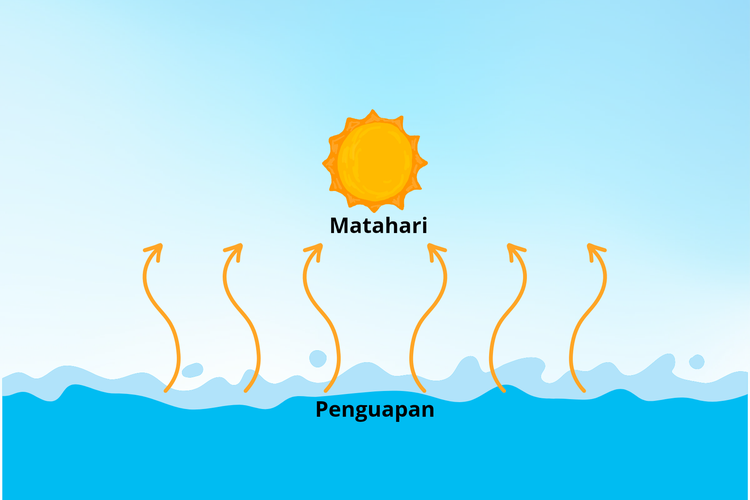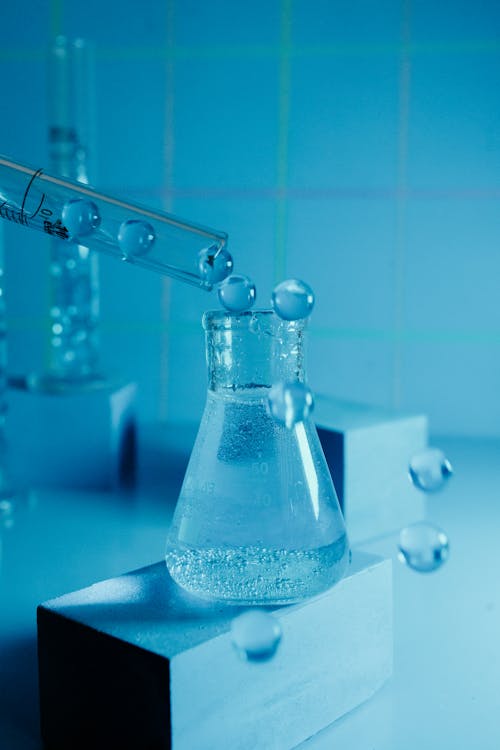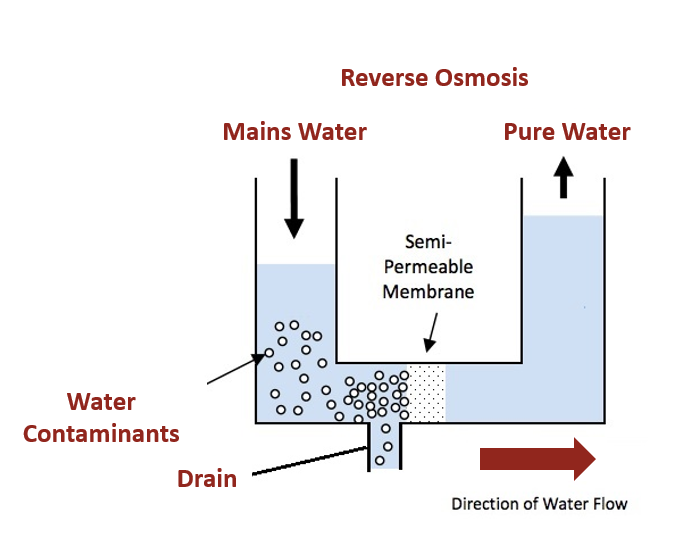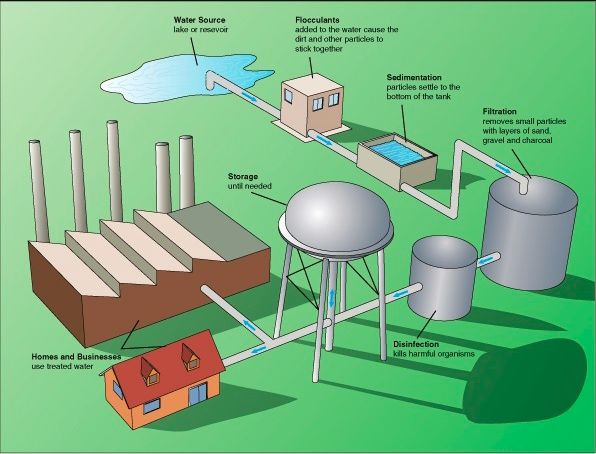Dechlorinating Water for Koi Ponds and Aquariums Best Practices
Water is an essential element in life, not only for humans but also for various other living things, including koi fish and aquarium inhabitants. However, the water we use daily, especially tap water, often contains chlorine added for disinfection purposes. While chlorine is effective in killing bacteria harmful to humans, it can be toxic to fish and other aquatic organisms. Therefore, the process of dechlorinating or removing chlorine from water is a crucial step in maintaining a healthy koi pond and aquarium.

In this article, we will dive into the world of dechlorinating water, understand why this is important, and learn the best practices for doing so. We will explore the various methods available, from simple to more advanced, and discuss the pros and cons of each. In addition, we will also discuss the factors that affect the effectiveness of the dechlorinating process and how to ensure an optimal environment for our aquatic inhabitants.
Before we delve further into this topic, it is important to understand that water quality is the foundation of the health and well-being of koi fish and other aquarium inhabitants. Chlorine-free water is not just about removing one chemical, but also about creating a balanced micro-ecosystem in which fish and plants can thrive. With a better understanding of the dechlorinating process, aquarium enthusiasts and koi pond owners can provide better care for their aquatic pets.
Let us begin our journey in understanding the art and science of dechlorinating water for koi ponds and aquariums. We will explore various aspects, from the basic chemistry of chlorine in water to the latest technology in water treatment. With this knowledge, you will be able to make more informed decisions on how best to care for your aquatic environment.
Understanding Chlorine and Its Impact on Aquatic Life
Chlorine has long been used as a disinfectant in drinking water treatment due to its effective ability to kill harmful microorganisms. However, the same properties that make it effective as a disinfectant also make it harmful to aquatic life. When chlorine is added to water, it forms hypochlorous acid (HOCl), which is a strong oxidizing agent. This oxidation can damage the gills of fish, disrupt their respiratory system, and even cause death at high enough concentrations.
In addition to the direct impact on fish, chlorine can also affect the overall aquarium or pond ecosystem. It can kill beneficial bacteria that are essential to the nitrogen cycle, disrupt the pH balance, and even harm aquatic plants. In the long run, exposure to chlorine even at low levels can cause chronic stress in fish, weaken their immune systems, and make them more susceptible to disease.
It is important to note that it is not just free chlorine that is the problem. Many modern water treatment systems use chloramine, a compound formed when chlorine is combined with ammonia. Chloramines are more stable than free chlorine and can last longer in water systems. This means that even if water is allowed to "evaporate" for several days, chloramines may still be present at levels that are harmful to aquatic life.
Understanding the chemistry of chlorine in water is the first step in addressing the problem. Chlorine can be present in two main forms in water: as hypochlorous acid (HOCl) and hypochlorite ion (OCl-). The balance between these two forms depends on the pH of the water. At lower pH, more chlorine is present as HOCl, which is a stronger disinfectant. This is important to keep in mind when considering dechlorinating methods, as some methods may be more effective at certain pH.
The concentration of chlorine in tap water can vary depending on the water source and local treatment practices. In many areas, chlorine levels in tap water range from 0.5 to 2 parts per million (ppm). While this is considered safe for human consumption, even levels as low as 0.1 ppm can cause stress to sensitive fish. Therefore, it is important to test the water regularly and ensure that the chlorine level is close to zero before using in an aquarium or koi pond.
In addition to chlorine, tap water can also contain other contaminants that may be harmful to aquatic life. These include heavy metals, nitrates, and phosphates. Although our primary focus is on dechlorinating, it is important to consider overall water quality when preparing the environment for koi fish or other aquarium inhabitants.
With a better understanding of dechlorinating, it is important to consider the overall water quality when preparing the environment for koi fish or other aquarium inhabitants.
With a better understanding of chlorine and its effects, we can better appreciate the importance of the dechlorinating process. It's not just about removing one chemical substance, but about creating a safe and healthy environment in which aquatic life can thrive. In the next section, we will explore the different methods available for dechlorinating water, each with its own advantages and disadvantages.
Water Dechlorinating Methods for Koi Ponds and Aquariums
There are several methods that can be used to remove chlorine from water, ranging from simple to more complex. Choosing the right method will depend on a variety of factors, including the volume of water that needs to be treated, the initial chlorine level, and the specific needs of the fish or aquatic organisms you are keeping. Let's explore some of the main methods:
1. Natural Methods: Evaporation and Sunlight

The simplest method to remove chlorine is to leave the water open in the open air for a few days. Free chlorine will naturally evaporate from the water. This process can be accelerated by increasing the surface area of the water (for example, using wide, shallow containers) and placing it in direct sunlight. UV rays from the sun help to break down chlorine.
Although this method is simple and inexpensive, it has some disadvantages. First, the process is slow and may not be practical for large volumes of water. Secondly, this method is not effective against chloramines, which are more stable and less volatile. Lastly, exposure to air and sunlight can also affect other water parameters, such as pH and temperature.
2. Use of Chemical Water Conditioners

Chemical water conditioners are one of the most popular methods for dechlorinating water. These products typically contain sodium thiosulfate or similar active ingredients that chemically bind to and neutralize chlorine. Many modern conditioners are also effective against chloramines and can even provide additional benefits such as removing heavy metals or providing a mucus shield for fish.
The main advantage of water conditioners is their speed and ease. They work almost instantly and can be used for varying volumes of water. However, it is important to follow the dosage instructions carefully, as overdosing can lead to other problems such as a decrease in dissolved oxygen.
3. Filtration with Activated Carbon

Activated carbon is a highly effective filtration method for removing chlorine and chloramines from water. Activated carbon works through a process of adsorption, where chlorine molecules are bound to the surface of the carbon. Coal-based activated carbon in particular is very effective for this purpose.
Activated carbon filtration has the added advantage of also removing many other organic contaminants, improving water clarity, and removing odors. However, carbon filters need to be replaced regularly as their adsorption capacity will decrease over time. In addition, activated carbon can become a breeding ground for bacteria if not properly maintained.
4. Aeration and Agitation

Increasing air circulation in the water can help speed up chlorine evaporation. This can be achieved through the use of air pumps, waterfalls, or other water features that create surface agitation. This method is most effective for free chlorine and less effective for chloramine.
Aeration has the added benefit of increasing dissolved oxygen levels in water, which is beneficial to aquatic life. However, like natural evaporation methods, this process can be time-consuming and may not be practical for very large volumes of water.
5. Reverse Osmosis (RO) System
The reverse osmosis system is an advanced method of producing highly purified water. This process removes almost all contaminants from water, including chlorine and chloramines. High-quality reverse osmosis membranes can remove more than 99% of chlorine.
While highly effective, RO systems have some disadvantages. They can be expensive to install and operate, produce large amounts of wastewater, and remove minerals that may be beneficial to aquatic life. RO water often needs to be "reconditioned" by adding certain minerals before being used in aquariums or koi ponds.
6. Ultrafiltration and Nanofiltration

Membrane filtration technologies such as ultrafiltration and nanofiltration can also be effective in removing chlorine and other contaminants. While not as effective as RO in removing all contaminants, these systems have the advantage of producing less wastewater and retaining more beneficial minerals.
7. Use of Vitamin C (Ascorbic Acid)

Vitamin C, or ascorbic acid, is an effective and safe dechlorinating agent. It reacts with chlorine to form hydrochloric acid, which is then neutralized by the natural alkalinity of the water. This method is safe even in the event of a mild overdose and does not significantly affect the pH of the water.
While effective, the use of vitamin C may not be practical for very large volumes of water due to its cost. In addition, it can increase the level of nutrients in the water, which may be undesirable in some aquarium situations.
Factors Affecting Dechlorinating Effectiveness
The effectiveness of the dechlorinating process can be affected by a variety of factors. Understanding these factors can help you optimize the process and ensure a safe environment for your aquatic life.
1. Water pH
The pH of the water plays an important role in the effectiveness of some dechlorinating methods. At lower pH, more chlorine is present in the form of hypochlorous acid (HOCl), which is more difficult to remove than the hypochlorite ion (OCl-) that is predominant at higher pH. Some water conditioners work better at certain pH ranges, so it's important to consider the pH of your water when choosing a method.
2. Temperature
Water temperature can affect the speed of chemical reactions and evaporation rates. At higher temperatures, chlorine tends to evaporate faster from water. However, higher temperatures can also accelerate the formation of unwanted disinfection byproducts if organic matter is present.
3. Presence of Organic Matter
Organic matter in water can react with chlorine, forming byproducts that may be more difficult to remove or even harmful. This is one reason why it is important to start with clean, clear water whenever possible.
4. Initial Chlorine Level
The initial chlorine concentration in the water will affect how much dechlorinating agent is required or how long the process will take. Water with very high chlorine levels may require repeating the process or a combination of methods to achieve the desired results.
5. Water Volume
The volume of water that needs to be treated will influence the choice of the most practical method. Methods such as natural evaporation may be impractical for large volumes, while RO systems may be too expensive for small volumes.
6. Time Available
Some methods, such as natural evaporation, take a considerable amount of time. If you need chlorine-free water quickly, you may need to consider faster methods such as the use of chemical water conditioners.
7. Chlorine Type (Free vs. Chloramine)
It is important to know if your water contains free chlorine or chloramine. Some methods that are effective for free chlorine may not be effective against chloramines. For example, evaporation and aeration are less effective against chloramines.
8. Quality of Equipment
The quality of the equipment used, such as activated carbon filters or RO systems, will greatly affect the effectiveness of the process. Using high-quality products such as Codeline pressure vessels for RO systems can increase the efficiency and reliability of the dechlorinating process.
Best Practices for Dechlorinating Water
Based on our understanding of the different methods and factors that affect the dechlorinating process, here are some best practices you can implement:
1. Test Water Regularly
Conduct regular water testing to monitor chlorine levels, pH, and other water quality parameters. This will help you determine the effectiveness of your dechlorinating method and make necessary adjustments. An accurate chlorine test kit is a worthwhile investment for any aquarium or koi pond owner.
2. Combine Methods
For best results, consider combining several methods. For example, you could use a chemical water conditioner for quick chlorine removal, followed by activated carbon filtration for long-term purification.
3. Consider the Specific Needs of Your Fish
Some fish species are more sensitive to chlorine than others. Be sure to learn the specific needs of the species you are keeping and adjust your dechlorinating practices accordingly.
4. Don't Ignore Other Water Parameters
While our focus is on chlorine removal, it is important not to neglect other water parameters such as pH, hardness, and ammonia levels. Use products like Calcite and Corosex pH adjustment media to ensure proper balance.
5. Prepare Water Before It's Needed
If possible, always prepare chlorine-free water before you need it. This gives you time to ensure that the water is completely safe before use.
6. Use the Right Filtration System
Invest in a quality filtration system. Products like the Pentair Autotrol automatic filter valve can help ensure efficient and consistent filtration.
7. Consider Using UV
UV systems can help control the growth of algae and bacteria in water that has been dechlorinated. Products like the Hydropro ultraviolet disinfection system can be a valuable addition to your setup.
8. Educate Yourself and Stay Up-to-Date
Technology and best practices in water treatment are constantly evolving. Stay informed about the latest developments in dechlorinating methods and water treatment in general.
Conclusion
Dechlorinating water is an important step in creating a healthy and safe environment for koi fish and aquarium inhabitants. Through a deep understanding of chlorine, its removal methods, and the factors that influence this process, we can make informed decisions for the care of our aquatic life.
There is no "one size fits all" approach to chlorine removal.
There is no "one-size-fits-all" approach to dechlorinating water. The method you choose will depend on a variety of factors, including water volume, type of chlorine present, the specific needs of your fish, and available resources. What matters is consistency and diligence in applying best practices.
Remember that dechlorinating is just one aspect of comprehensive water treatment. It is important to consider overall water quality, including parameters such as pH, hardness, and nutrient levels. With a holistic approach to water care, you can create a thriving ecosystem where your koi fish and other aquarium inhabitants can grow and thrive.
Finally, don't hesitate to be hesitant about dechlorinating your water.
Finally, don't hesitate to consult a professional or an experienced fellow hobbyist if you encounter challenges or have questions. The aquarium and koi pond community is usually very supportive and can be a valuable source of information and advice.
With the right knowledge and tools, your koi fish and aquarium inhabitants can thrive.
With the right knowledge and tools, you can overcome the challenges of dechlorinating water and enjoy the beauty and joy of maintaining healthy, happy aquatic life.
Questions and Answers
Q1: How long does it take to naturally remove chlorine from water?
A1: The time it takes to naturally remove chlorine can vary depending on several factors such as water volume, temperature, and aeration level. In general, for water sitting in an open container, free chlorine can evaporate within 24-48 hours. However, this process can take longer for larger volumes of water or if the water contains chloramines. It is important to remember that this method may not be fully effective for chloramines and does not remove other contaminants that may be present in the water.
Q2: Is the use of chemical water conditioners safe for all types of fish?
A2: Most chemical water conditioners sold on the market are designed to be safe for use with various types of fish. However, it is important to always read the product label and follow the recommended dosage instructions. Some highly sensitive fish or certain invertebrates may require special attention. If you are keeping rare or sensitive species, it is advisable to consult an aquarium expert or do further research on the specific needs of the species. Always start with a lower dose and monitor your fish closely after the use of a new conditioner.
Q3: How can I tell if my water contains chlorine or chloramines?
A3: The best way to tell if your water contains chlorine or chloramine is to contact your local water provider. They can usually provide information on the disinfection methods used. Alternatively, you can use specialized test kits that can distinguish between chlorine and chloramine. Standard test kits for total chlorine will detect both, but cannot differentiate between them. It is important to know this because some dechlorinating methods that are effective for chlorine may not be effective for chloramines.
References
1. Spellman, F. R. (2009). Handbook of water and wastewater treatment plant operations. CRC Press.
"Turbidity interferes with disinfection when microorganisms are able to hide from chlorine among the particles causing the turbidity. This problem is magnified when turbidity comes from organic particles, such as from sewage effluent." (p. 673)
2. Binnie, C., & Kimber, M. (2013). Basic Water Treatment (5th Edition). ICE Publishing.
"Sulfur dioxide (dechlorination), Chlorine (superchlorination), pH control, Contact tanks, Membrane filtration, Rapid gravity sand filters, Dissolved air flotation, Polyelectrolyte, Coagulant pH adjustment, Chemical mixing, Ozone, Pre-ozomation, Filtrate, Raw water pumps, Fine screens, Coarse screens, River" (p. 41)
3.
3. Hendricks, D. W. (2006). Fundamentals of water treatment unit processes: physical, chemical, and biological. CRC Press.
"Particle Removals, Removal of Organics, Removal of Cations and Anions, Pros and Cons, Advantages, Disadvantages, Less operator attention, Effective removal, Softens water, Disposal of concentrate, Cleaning of membranes" (p. 594)
4.
4. Hussain, A., & Bhattacharya, A. (2021). Advanced Design of Wastewater Treatment Plants: Emerging Research and Opportunities. IGI Global.
"Free chlorine, chloramine, ammonia nitrogen reactions" (p. 255)
5.
5. Byrne, W. (2002). Reverse osmosis: a practical guide for industrial users. Tall Oaks Publishing.
"The U.S. Department of Health and Human Services recommends using an activated carbon with an iodine number of 1,000 for the removal of chloramines." (p. 83)

.png?width=50&height=50&name=Logo_Watermart_Perkasa-removebg-preview%20(1).png)



